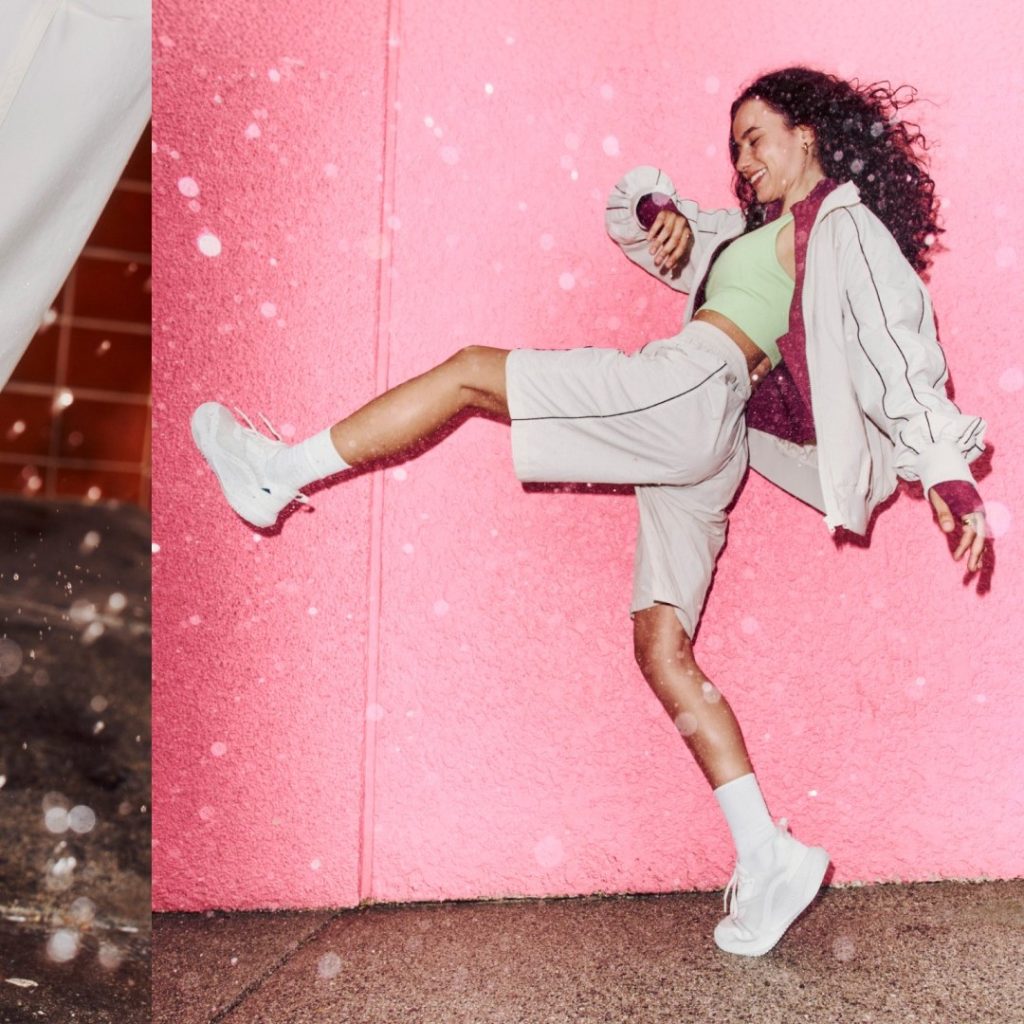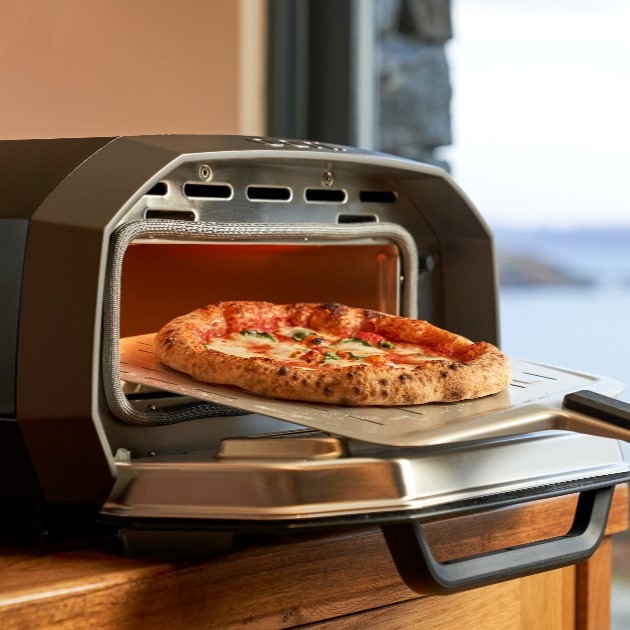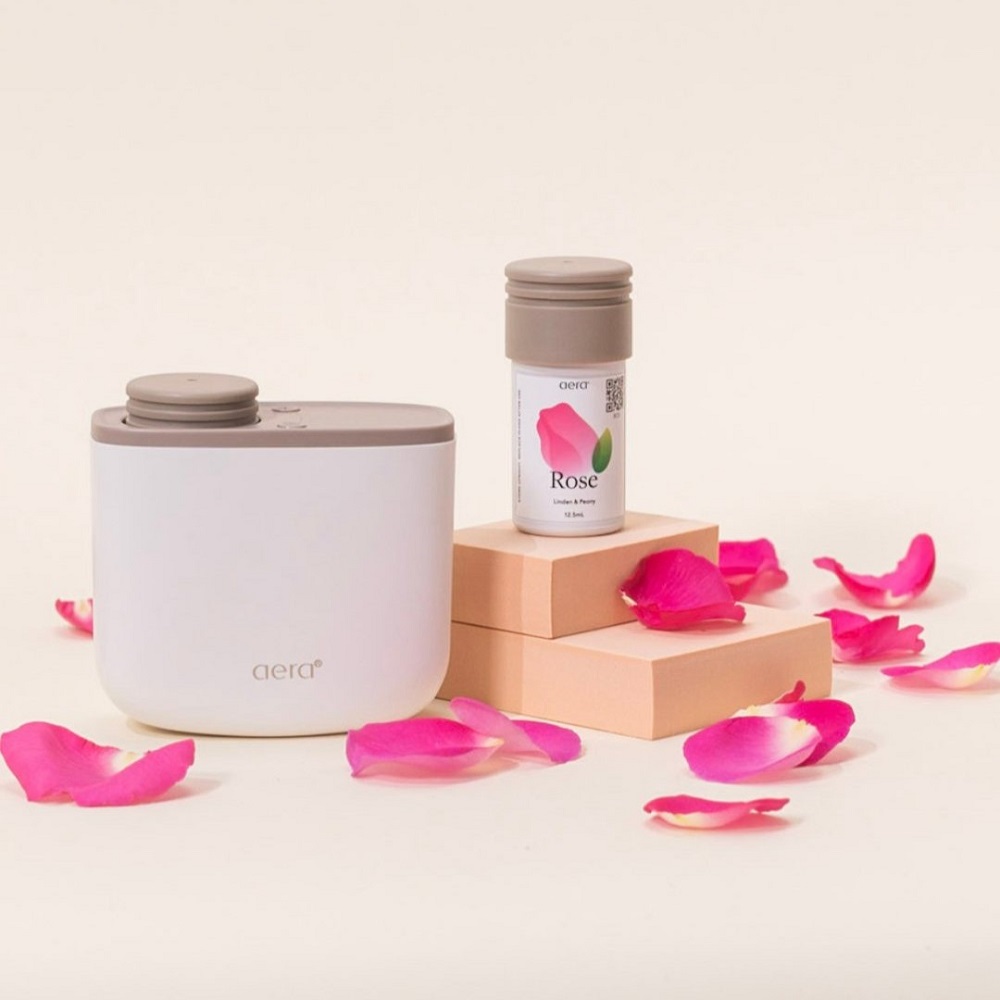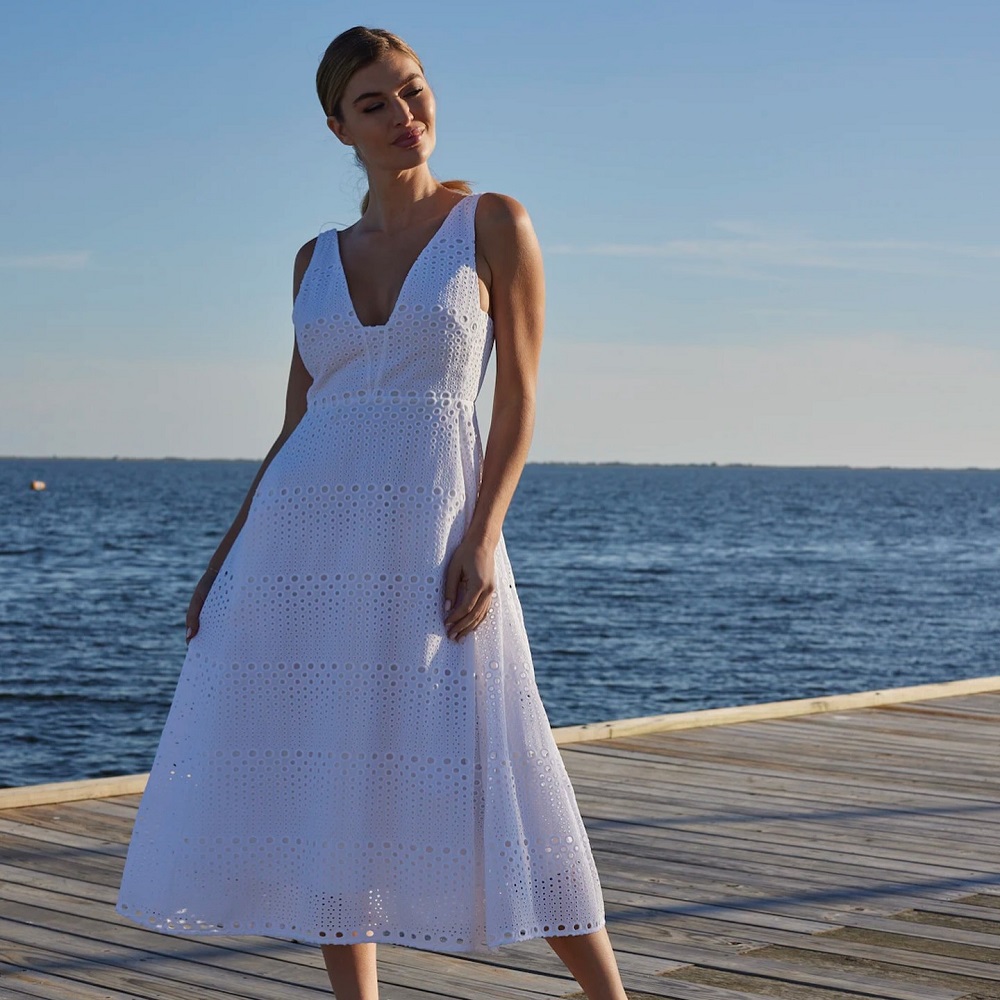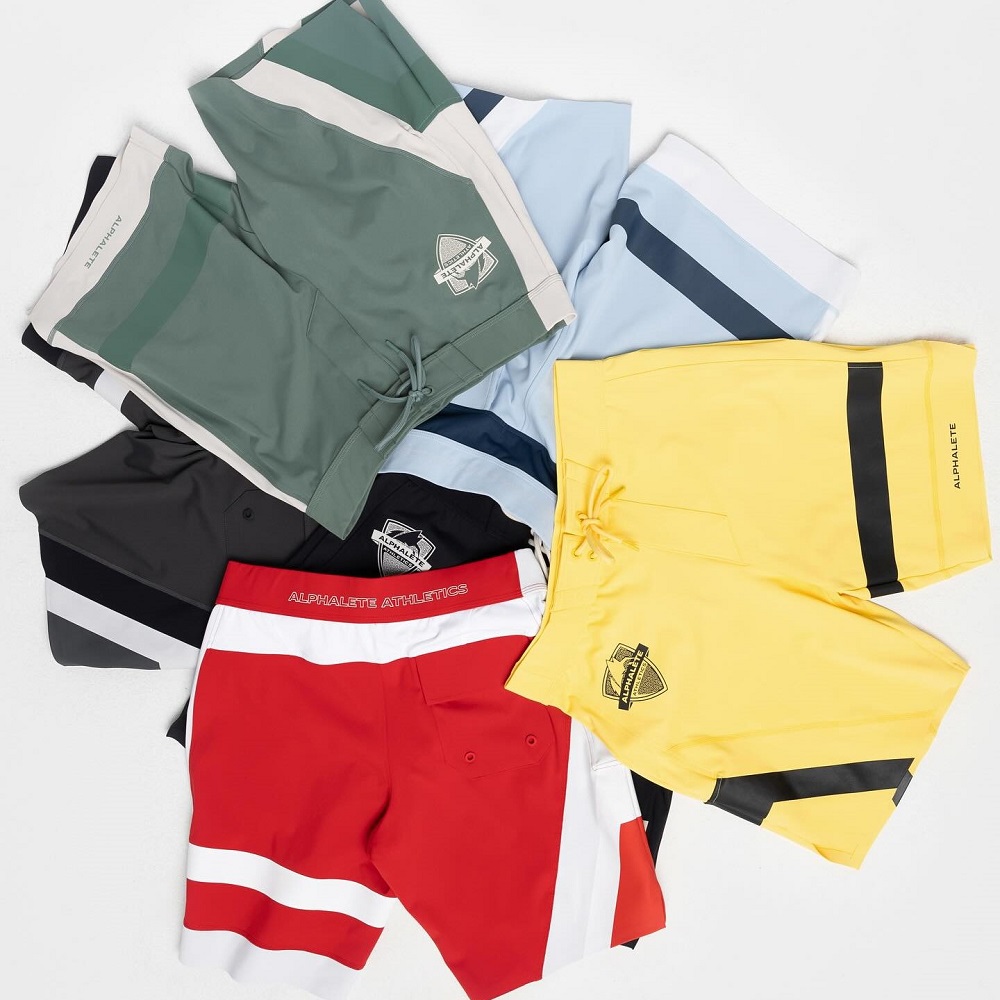Shoe Size vs Sock Size
Table of Contents
Why Know Your Sock Size?
Ever wonder why we buy shoes in specific numbered sizes, but socks come in vague, lettered sizes? If you’re sick of stuffing your feet into tiny socks, or stumbling over bunched-up fabric jammed into the toes of your boots, it’s time to look into how to buy socks that actually fit based on the size of your foot, not a generic size.
Sock size is important not just for comfort, but also for the longevity of your socks. While most socks have some elasticity and give, jamming your feet into socks that are too small will wear them out quickly. Conversely, wearing socks that are too big will wear down the material as you walk on bunched up cotton or wool with every step.
If you’ve ever asked yourself, what size sock am I, how to determine sock size, and why they’re different from shoe sizes, read on.
How to Find Your Sock Size
In researching this article, we discovered dozens of different sizing charts for shoe size vs sock size. It seems there is no one-to-one conversion for shoe size vs sock size, likely due to the fact that sock sizes are not as standardized as shoe sizes are. If you’re wondering, what is my sock size, use this chart:
| SOCK SIZE | MEN’S SHOE SIZE | WOMEN’S SHOE SIZE | EURO SHOE SIZE | UK SHOE SIZE |
| S | 5 – 6 | 4 – 6.5 | 34 – 37 | 2 – 4.5 |
| M | 7 – 8.5 | 7 – 9 | 38 – 41 | 5 – 7.5 |
| L | 9 -12 | 10 – 12 | 42 – 46 | 8 – 11 |
| XL | 13+ | 13 + | 47 – 51 | 11.5 – 14.5 |
The most important detail in this whole shoe size vs sock size issue is to know your true sock size—and you’re not going to find that with guess work. Knowing how to measure your foot for the appropriate sock size will make a big difference in your comfort and the longevity of your socks.
But why is there such a big difference in shoe size vs sock size? All shoe sizes measure the length of the foot, but the unit of measurement they use varies from country to country—hence the difference in US, UK, and Euro sizes seen above.
Shoe sizes are based on:
- Length is the distance from the back of your heel to the tip of your big (or longest) toe
- Width is given as a letter— AA for narrow all the way to EE for extra wide. D is average for men, B is average for women.
- Shoe type, which is separated into “men” and “women.” Children’s shoes have three different categories, “youth”, “kids”, and “infant.”
- Region has a big impact on size, as US, UK, European, and Asian sizes are all measured differently— Euro sizes are unisex, for example.
If you don’t know your shoe size, any shoe store can strap you into one of those nifty metal sizing machines to find out for you, or you can try this method at home:
- Place one foot on a piece of paper larger than your foot
- Trace the outline of your foot with a pencil
- Use a ruler to measure the length of your foot from the tip of your heel to the longest point— probably your big toe
Use this chart to find your shoe size:
| Foot Length (Inches) | US Size (Men) |
| 9 ⅓ | 6 |
| 9 ⅔ | 7 |
| 10 | 8 |
| 10 ⅓ | 9 |
| 10 ⅔ | 10 |
| 11 | 11 |
| 11 ⅓ | 12 |
| 11 ⅔ | 13 |
| Foot Length (Inches) | US Size (Women) |
| 8 ½ | 5 |
| 8 ⅚ | 6 |
| 9 1/16 | 7 |
| 9 ½ | 8 |
| 9 5/16 | 9 |
| 10 ⅙ | 10 |
Shoe Size vs Sock Size: Women
Women’s socks tend to be smaller in size than men’s, but it’s important to note that your gender has nothing to do with what kind of sock you should wear. A man with small feet can wear a woman’s sock, and a woman with larger feet can wear a man’s sock. There are aesthetic differences, but the shape and form are the same. Women’s sock sizes tend to stay within the range of 5 – 10 shoe size, or S – L.
Shoe Size vs Sock Size: Men
Men’s socks have the largest size range, from XS (6) to XL (13+). This is handy, as women with larger feet can comfortably wear an XS men’s sock and size-up depending on their needs.
Men’s socks come traditionally in muted colors and simpler patterns, but this has changed in recent years. Many men now realize the value in a more colorful, patterned sock to show their personality and to 744offset business attire. Similar to a tie and pocket square, socks give men another option for color coordination and accessorizing.
Shoe Size vs Sock Size: Kids
When we’re talking shoe size vs sock size for kids, it’s important to know that these sizes are broken into four categories:
- Infant: You may be surprised to learn that, according to the The American Academy of Pediatrics, babies shouldn’t even be wearing shoes until they can walk, as the shoes can restrict the development of their feet. Because babies grow so fast, their shoe sizes are listed in months: Newborn, 6 weeks to 3 months, 9-18 months, etc. Their sock sizes are listed as either XXXS to XS, or 3 ⅛” to 4 ⅝”.
- Boys and Girls Socks: Young boys and girls get their own separate sock categories. Once your kid is a little older, they graduate the kids’ size shoes and this is where things get complicated. Kids shoe sizes start at 10.5 and go up to 13.5, but then the numbers reset back to 1! Big kids shoe sizes top out again at 13.
- Youth: When your big kid has outgrown a size 13, it’s time to switch them over to Youth shoe sizes which, you guessed it, have their own quirks as well. Youth shoes are unisex in the US, and have sizes from 1Y to 6Y or for kids aged 7-12.
Sock Sizes and Shoe Types
We’re not done yet! Once you’ve got shoe size vs sock size down, you also need to consider what kind of sock you need for what type of shoe you’ll be wearing. It doesn’t matter how well a thick winter sock fits— it won’t be comfortable in a rigid leather dress shoe.
Here are some examples of different shoe types and suggestions for what socks to wear with them:
Sneakers
Sneaker is a broad term for any rubber-soled, casual shoe. They are also called tennis shoes, running shoes, or, if you’re sassy, kicks. In England, sneakers are called trainers. Originally developed as exercise shoes, sneakers now dominate the shoes market as a comfortable, everyday shoe.
Socks to Wear With Sneakers
- Casual socks are the obvious choice to wear with sneakers since both are laid back. Casual socks often have the most variety in terms of color and pattern, making them a great offset to sneakers, which also have the greatest variety in color in pattern.
- Athletic socks accentuate the sportiness of sneakers. They either provide better fit and odor control if you are actually being athletic while wearing them, or they’ll complete the look if you’re just posing.
- No show socks with sneakers are in. Wearing socks that provide just enough coverage to protect your feet but aren’t visible beneath your pant line is super fashionable regardless of your shoe or pant color.
Loafers
Loafers are an in-between look for someone who wants the comfort of a sneaker with a more formal style. Loafers don’t have laces or any type of fastener and are meant to be easily slipped on and off. They’re like moccasins, but have a hard sole and thicker heel.
Socks to Wear With Loafers
- No show socks are perfect for loafers because loafers are low-angle shoes and are designed to show off your ankle.
- Ankle socks are good options for loafers as they can accentuate your colors and give you a bit more comfort, especially if your shoes tend to chafe your ankles while walking
Boots
Boots are a diverse category of shoe that can be anything for thick-soled work boots to stylish dress boots and cowboy boots. Boots usually cover more of the ankle than shoes, and are often made of tougher materials. Many boots are waterproof or designed to be worn outside. They can feature many types of fasteners, like laces and zippers, but can also be pull-on.
Socks to Wear With Boots
- Casual socks pair well with boots since they are usually completely covered by the boot. Cotton socks work great, but a thicker wool sock can fill the boot out nicely and keep your feet warm in cold or wet weather. You may need to size-up your socks when wearing them with boots to ensure a snug fit.
- Athletic socks are designed to be more durable than everyday socks and can survive the extra wear-and-tear that comes from wearing a boot.
Dress Shoes
Dress shoes are reserved for formal or smart casual events. They come in many different styles, from the Wingtips pictured above to Oxfords. Due to their formal nature, they’re often made with leather and come in more natural colors like black and brown. Some dress shoe designers add a little personality with colored soles or laces, which go nicely with a colorful patterned sock.
Socks to Wear With Dress Shoes
- Dress socks are your best choice for dress shoes. Their thin profile means they’ll fit well and won’t bunch-up inside your dress shoes, and they’ll keep your feet cool during indoor events. Since dress shoes tend to be a tighter fit, you may want to consider wearing socks that are a size smaller with dress shoes to keep them from bunching up.
- No show socks are a more stylish option for dress shoes, especially when paired with short-ankle pants.
What Sock Size Am I?
We hope that by now you can answer, what size sock do I wear, and can understand a shoe size vs sock size chart. Remember, you should be wearing a sock size that is as close to your shoe size as possible, but this can change depending on the thickness of your sock, the tightness of your shoes, and how much warmth you need.
You can measure your foot yourself or go to a shoe store to find your true fit. If you’re ready to take the plunge into buying a really great pair of new socks, you’ll have endless options to choose from.



